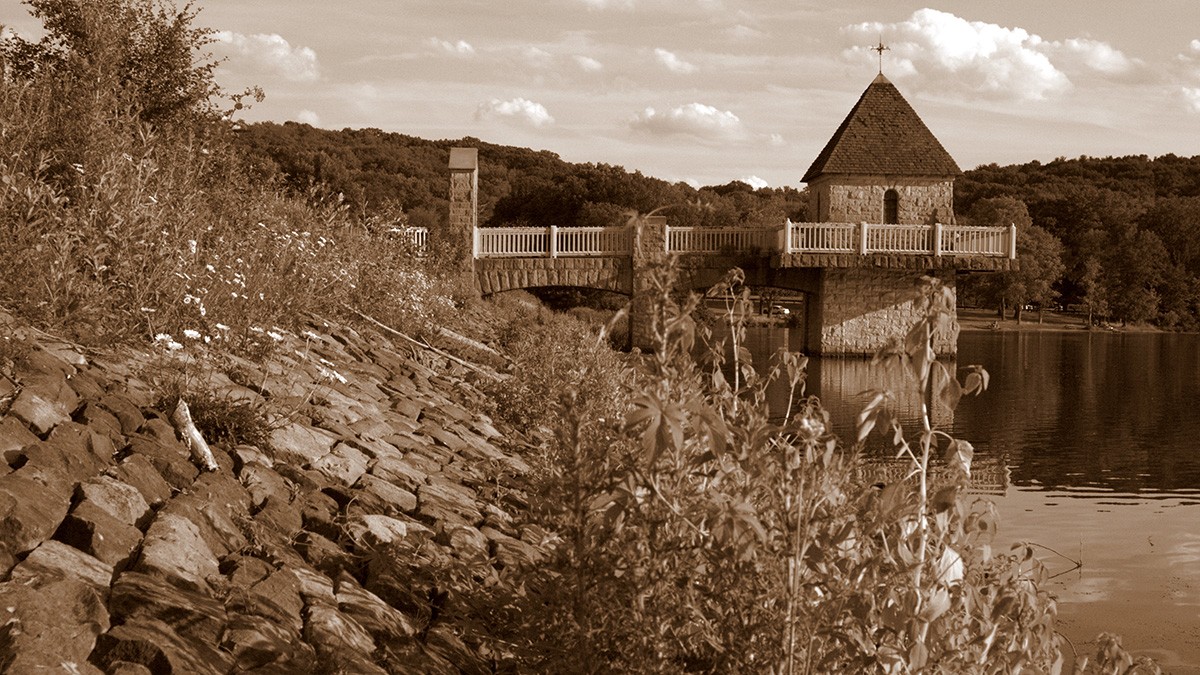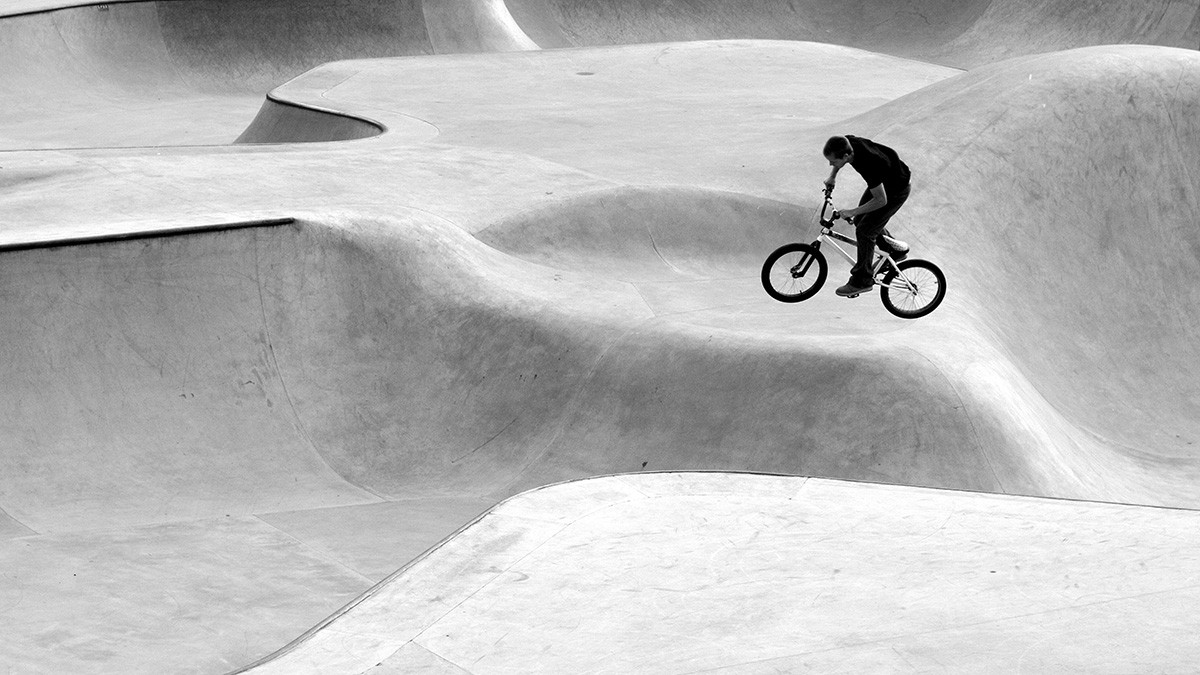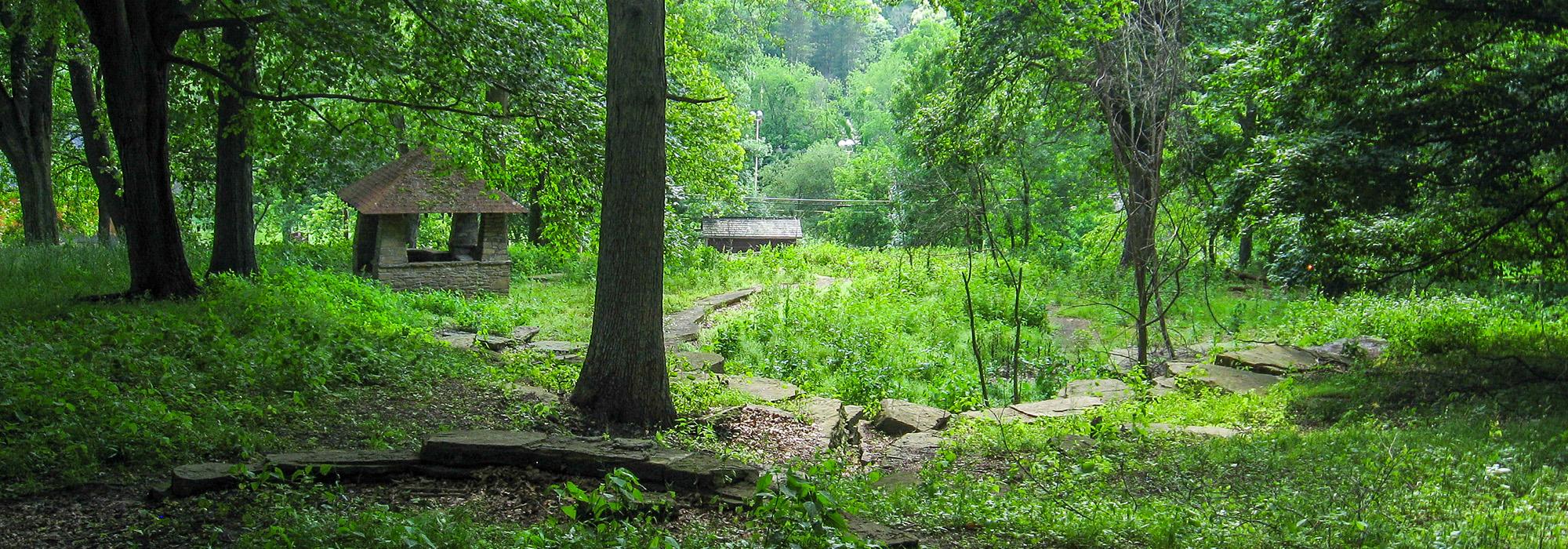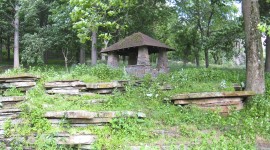North and South Parks
Designed by: Paul B. Riis

Allegheny County’s North and South Parks, begun in 1927 and inspired by the National Park movement, are the county’s first two parks and closely follow the tenets of the naturalistic school of park design. Paul B. Riis, the parks’ designer, embraced a design vocabulary heavily inspired by the work of Jens Jensen. Riis translated a palette of native plants, stratified rock, and meandering prairie rivers to the Allegheny County landscapes. However, unlike Jensen’s work, which is well known, and in many cases, landmarked, the historical elements of North and South Parks have suffered from a lack of awareness of their significance and are now directly threatened by budget cuts and benign neglect.
History
In 1927, Allegheny County Commissioners chose landscape architect Paul B. Riis to design the county’s first two parks. Inspired by the National Park movement, Allegheny County became part of a national trend to create a county park system. County commissioners, influenced by the movement, envisioned that the design of the North and South Parks would follow the tenets of the naturalistic school of park design.
Riis, a Swiss-born landscape architect, park executive and conservationist, was director of the American Institute of Park Executives from 1923 to 1926, editor and main writer of the “Conservation of Wild Life” section for Parks and Recreation Magazine for 16 years and was instrumental in the preservation of Minnesota’s Superior National Forest’s road-less wilderness. Consequently, by 1927, Riis was well known and Allegheny County officials heavily courted the designer as they thought him the most qualified to further define their parks’ natural beauty.
Riis designed and developed the Allegheny County Park system from 1927 to 1932, working on road layouts, swimming pools, golf courses, athletic fields and picnic areas, and directed the planting of hundreds of thousands of trees. His work married practicality with artistry and was strongly influenced by the Prairie Style work of Jens Jensen. The parks’ rockwork pools, waterfalls, and large council rings echo Jensen’s design vocabulary, while reflecting Allegheny County’s regional characteristics through the use of native, locally-sourced materials.
Less obvious, but still evident, are Riis’ subtle design characteristics such as sun lanes, clearings, the use of hawthorns and careful placement of evergreens for dramatic effect. Fortunately, he wrote prolifically, outlining the careful thoughtfulness exemplified in his work in passages such as the following:
Much thought is given the thinning of existing woodlands into groves, more than one might suppose. Their detachment from other forest areas gives them the appearance of islands in a sea of grasslands, affording little privacy for the picnic groups … The completed grove now presents a woodland suitable for human play, with proper proportional groupings of trees and glades, play of light and shadow, screened from the outside world, a home for small wildlife, with a true breath of the great outdoors, insuring in effect, a complete Park in itself.
A capstone of Riis’ designs, South Park’s swimming pool, which opened in 1931 as the country’s largest naturalistic swimming pool, fully exemplified his goal of integrating native materials and naturalistic design seamlessly into the surroundings, making the result seem like an act of nature rather than a designed element.

South Park Cascades, photos by Paul B. Riis courtesy of the Allegheny County Parks Department
“Pools of this order are a liberal education to young America, who here in childhood receive impressions that form a foundation of earliest appreciation of beauty and art.” (Riis 1931)
In 1932, a board of newly elected commissioners dismissed Riis, leaving his vision and plans for the county parks unfinished. Later work by the Works Progress Administration (WPA) and Civilian Conservation Corps (CCC) continued in a naturalistic vein, though other changes, such as straight boulevards and developments related to an annual county fair, were in sharp contrast to this ideal, heavily impacting the parks’ historic designs. The swimming pool was closed in the early 1970s when repairs were considered too expensive and a new ‘wave pool’ was installed.
While the Allegheny County parks serve as reminders of an important and influential time in American park design, much of Riis’ work, including North and South Parks, is lacking the broad recognition it deserves.
Threat

A lack of understanding about the naturalistic design philosophy upon which the parks were founded has resulted in decades of budget cuts and lack of maintenance. Historical shelters are decaying due to leaking or missing roofs, water intrusion and vandalism. Council rings are deteriorating, and pools and waterfalls have been filled in or have had stones collapse. One stone bridge is currently in danger of failure due to erosion of a stream bank, partially caused by run-off from large parking lots built upstream.
In 2001, Allegheny County developed a master plan for the parks to address the most pressing issues; however, it makes little mention of the sites’ historical elements or significance. Moreover, repairs made have often been insensitive to the original design and building techniques. The former pool site has since been converted to a go-kart track. The former bathhouse received a new roof, which was not in keeping with its historic character. Shelters have had their central stone chimneys torn out to make more room and traditional roofs replaced with plywood and metal. Some have been torn down to make room for new and larger shelters.
Well-intentioned changes such as skate parks, brightly-colored playgrounds, memorial sites, and expanded parking lots have been added to the parks, all of which impact the naturalistic, rural character of the early design.
Get Involved
Over the past few years, there has been some progress. A moratorium has been placed on the demolition of the stone features and officials are working to fund the restoration of the South Park wading pool and related structures. However, many, many more of the parks’ historic features are either being ignored, or maintenance for them is being deferred, which could result in their deterioration to the point of being unsalvageable.
The public can write letters of support to the County Executive, the Allegheny County Council, the Allegheny County Parks Foundation, and the Allegheny County Parks Director, asking them to recognize the importance of these features and to help preserve and restore the naturalistic character of Riis’ work.

Learn More
North Park
Pearce Mill Road
Allison Park, PA 15101
South Park
Buffalo Drive
South Park, PA 15129




